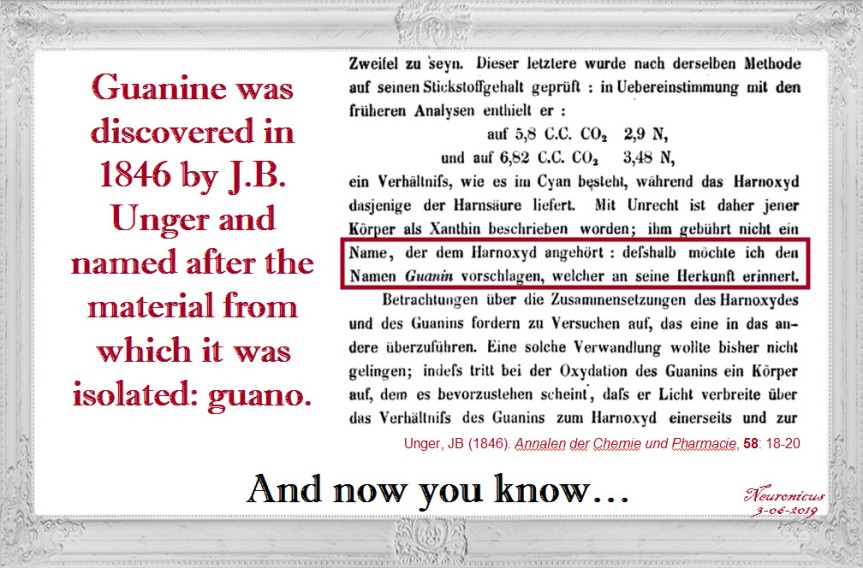It occurred to me that my blog is becoming more sanctimonious than I’d like. I have many posts about stuff that’s bad for you: stress, high fructose corn syrup, snow, playing soccer, cats, pesticides, religion, climate change, even licorice. So I thought to balance it a bit with stuff that is good for you. To wit, computer games; albeit not all, of course.
An avid gamer myself, those who know me would hardly be surprised that I found a paper cheering StarCraft. A bit of an old game, but still a solid representative of the real-time strategy (RTS) genre.
About a decade ago, a series of papers emerged which showed that first-person shooters and action games in general improve various aspects of perceptual processing. It makes sense because in these games split second decisions and actions make the difference between win or lose, so the games act as training experience for increased sensitivity to cues that facilitate said decisions. But what about games where the overall strategy and micromanagement skills are a bit more important than the perceptual skills, a.k.a. RTS? Would these games improve the processes underlying strategical thinking in a changing environment?
Glass, Maddox, & Love (2013) sought to answer this question by asking a few dozen undergraduates with little gaming experience to play a slightly modified StarCraft game for 40 hours (1 hour per day). “StarCraft (published by Blizzard Entertainment, Inc. in 1998) (…) involves the creation, organization, and command of an army against an enemy army in a real-time map-based setting (…) while managing funds, resources, and information regarding the opponent ” (p. 2). The participants were all female because they couldn’t find enough male undergraduates that played computer games less than 2 hours per day. The control group had to play The Sims 2 for the same amount of time, a game where “participants controlled and developed a single ‘‘family household’’ in a virtual neighborhood” (p.3.). The researchers cleverly modified the StarCraft game in such a way that they replaced a perceptual component with a memory component (disabled some maps) and created two versions: one more complex (full-map, two friendly, two enemy bases) and one less so (half-map, one friendly, one enemy bases). The difficulty for all games was set at a win rate of 50%.
Before and after the game-playing, the subjects were asked to complete a huge battery of tests destined to test their memory and various other cognitive processes. By carefully parsing these out, the authors conclude that “forty hours of training within an RTS game that stresses rapid and simultaneous maintenance, assessment, and coordination between multiple information and action sources was sufficient” to improve cognitive flexibility. Moreover, authors point out that playing on a full-map with multiple allies and enemies is conducive to such improvement, whereas playing a less cognitive resources demanding game, despite similar difficulty levels, was not. Basically, the more stuff you have to juggle, the better your flexibility will be. Makes sense.
My favorite take from this paper though is not only that StarCraft is awesome, obviously, but that “cognitive flexibility is a trainable skill” (p. 5). Let me tell you why that is so grand.
Cognitive flexibility is an important concept in the neuroscience of executive functioning. The same year that this paper was published, Diamond was publishing an excellent review paper in which she neatly identified three core executive functions: inhibition/control (both behavioral and cognitive), working memory (the ability to temporarily hold information active), and cognitive flexibility (the ability to think about and switch between two different concepts simultaneously). From these three core executive functions, higher-order executive functions are built, such as reasoning (critical thinking), problem solving (decision-making) and planning.
Unlike some old views on the immutability of the inborn IQ, each one of the core and higher-order executive functions can be improved upon with training at any point in life and can suffer if something is not right in your life (stress, loneliness, sleep-deprived or sick). This paper adds to the growing body of evidence showing that executive functions can be trainable. Intelligence, however you want to define it, relies upon executive functions, at least some of them, and perhaps boosting cognitive flexibility might result in a slight increase in the IQ, methinks.
Bottom line: real-time strategy games with huge maps and tons of stuff to do are good for you. Here you go.

REFERENCES:
- Glass BD, Maddox WT, Love BC. (7 Aug 2013). Real-time strategy game training: emergence of a cognitive flexibility trait. PLoS One, 2;8(8):e70350. eCollection 2013. PMID: 23950921, PMCID: PMC3737212, DOI: 10.1371/journal.pone.0070350. ARTICLE | FREE FULLTEXT PDF
-
Diamond A (2013, Epub 27 Sept. 2012). Executive Functions. Annual Review of Psychology, 64:135-68. PMID: 23020641, PMCID: PMC4084861, DOI: 10.1146/annurev-psych-113011-143750. ARTICLE | FREE FULLTEXT PDF
By Neuronicus, 15 June 2019


